Conservation Heroes: Madagascar spotlight
Posted on: 19 November, 2025
Here at Bristol Zoological Society, our incredible conservation heroes work to protect wildlife around the globe. We are continuing our celebration of these fantastic conservationists by shining the spotlight on our Madagascar conservation programme.
Our Philippines, Equatorial Guinea, UK, and Tanzania spotlights introduced you to some of our remarkable team members, partners, and projects working to protect threatened species and their fragile habitats.
Through 20 field conservation projects with 30 local partner organisations, we collaborate with nine countries across four continents, working closely with local communities to build foundations for long-term conservation that is rooted in local engagement.
Our Madagascar conservation programme is a perfect example as we support vital research, education, and partnerships that work to protect this island of remarkable biodiversity.
Caspian Johnson, Madagascar Programme Manager
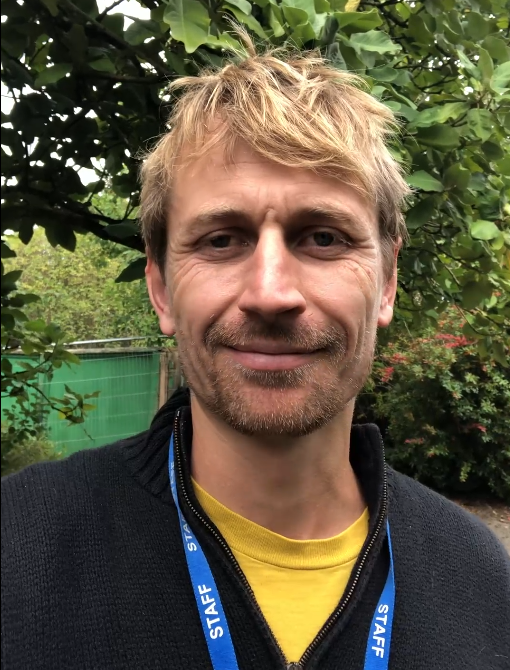 I am the Programme Lead for the Madagascar conservation project here at Bristol Zoological Society.
I am the Programme Lead for the Madagascar conservation project here at Bristol Zoological Society.
I got into conservation because as a young boy I was immersed in nature as a young boy growing up in East Africa, and it was impossible not to be completely fascinated and passionate about nature. This fascination eventually led me into a career in wildlife, which then led me to a career in conservation, which I am really proud of.
I am proud to be working with Bristol Zoological Society as an organisation that invests a great deal in conservation, and a testament to that fact is that the Madagascar programme has been running for many, many years now. We have achieved a great deal in that time, and I really look forward to the next steps of the programme and the future, where I envisage more reforestation, more habitat protection, as well as more community members benefiting directly from the conservation work that we do in the landscape. Through this conservation project we also hope to continue learning and filling in all those knowledge gaps that exist today and prevent us from being able to do evidence-based conservation.
In regards to conservation more generally, we've never been at a bigger crisis point. Not just when thinking about climate, but also biodiversity and deforestation, where the rates of all these things have never been higher. And so, it's never been more important to be a conservationist, or to be pro-environmental, or sustainability-minded. When looking to the future, the things that give me the biggest source of optimism relate to technology as tools for conservation scientists, not just the advent or development of AI, but also technologies that allow us to monitor and measure nature and how it's changing. For example, camera traps and satellite imagery, allow us to get a clear picture of nature and how it's changing and allow us to make evidence-based decisions about how best to protect it moving forward.
Funding is also really important. As conservationists we're often hindered by lack of funding and resources, but looking to the future, it's clear to see many more conversations are coming to fruition around how we can fill that funding gap on a global scale and we are beginning to see more financing mechanisms for conservation. There's also more political buy-in now, which is greatly appreciated, not just for the conservation of animals, but also for the planet as a whole and the climate. Climate change and biodiversity are linked, interdependent, and tightly related; and so to invest in nature is to invest in the climate and to invest in climate is to invest in our future. Thanks to this, I think the future of conservation looks far brighter than it has done in the past, and for that, I'm excited.
Paige Bwye, Madagascar Project Manager
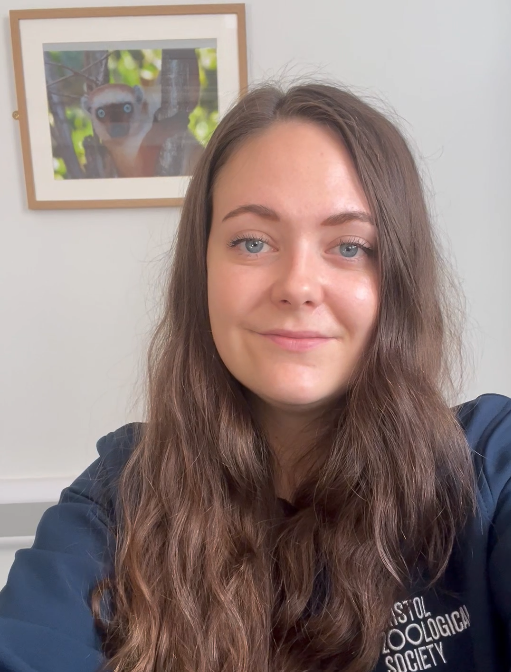 I am the Conservation Project Manager for Bristol Zoological Society’s Madagascar programme. I manage our biomonitoring project in Sahamalaza National Park, working closely with our field teams to coordinate the collection and analysis of data on lemur presence, vegetation growth, environmental conditions, and human impact within the national park.
I am the Conservation Project Manager for Bristol Zoological Society’s Madagascar programme. I manage our biomonitoring project in Sahamalaza National Park, working closely with our field teams to coordinate the collection and analysis of data on lemur presence, vegetation growth, environmental conditions, and human impact within the national park.
My journey with conservation began here at Bristol Zoological Society, where, during my undergraduate degree, I volunteered as a Volunteer Mammal Keeper. Over the next 10 years, I progressed to an Experienced Mammal Keeper and later a Senior Mammal Keeper. These experiences working first-hand with a variety of lemur species deepen my appreciation for how these carefully managed breeding programmes and research all contribute to meaningful ex-situ conservation. As part of that, I wanted to expand into our Madagascar programme under the One Plan Approach, which is a strategy developed by the International Union for Conservation of Nature (IUCN) and Conservation Planning Specialist Group (CPSG) that integrates the management of both wild and captive populations of a species, and extend this to wild lemur populations.
My role supports essential, evidence-based conservation strategies, which are important to protect several endangered species in the national park, ranging from lemurs to amphibian species, and protect overall biodiversity in the region.
I am proud that we collaborate with key conservation partners on our programme, including the Lemur Conservation Association (AEECL), who are essential to all of the work that we do in Madagascar. They operate locally, ensuring that local communities and local voices are felt and active in the work that we do. We also supervise and facilitate research projects in collaboration with students to ensure essential capacity building for future generations of conservation to continue our efforts in Sahamalaza.
My hope for the future of our conservation work is to really see the lemurs and the local communities around the national park here thrive. We would like to see increases in the lemur numbers in their populations, but also we would like to see benefits for local communities in the conservation work that we offer here, including support for sustainable livelihoods. I also hope that our biomonitoring work collects valuable long-term data that can monitor the population trends of the lemur species in the national park and hopefully expand that biomonitoring work to other species that are really deserving in the park as well. We’ve got a number of critically endangered micro-endemic frog species in the park, and we’d really like to be able to do more with those species.
My hope for the future of conservation is that it becomes something that we feel increasingly empowered and able to contribute to and engage with. Whether that is through more roles, such as mine, delivering projects in areas like Madagascar through training, providing support, sharing resources, enriching biodiverse areas, or whether it’s simply day-to-day recognising how our small actions and behaviours contribute overall to meaningful impact in conservation.
Fali, Reforestation Project Officer
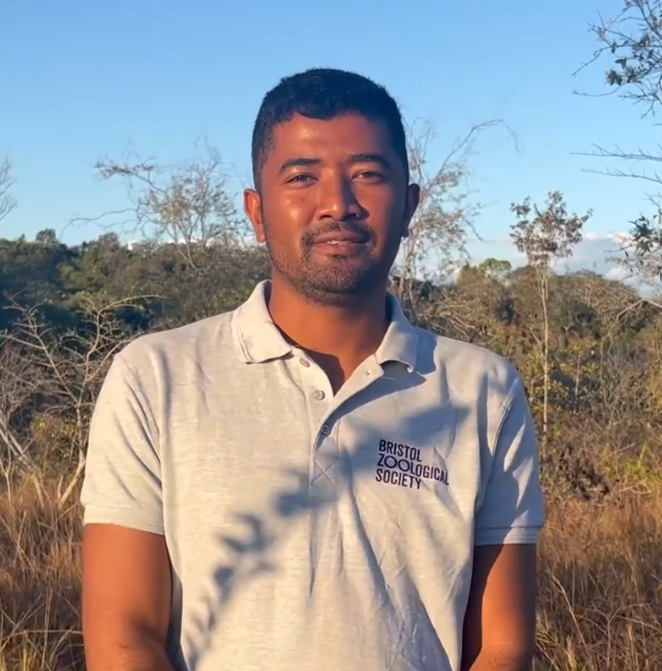 I'm the Reforestation Project Officer for Bristol Zoological Society here in Madagascar, and my work focuses on reforestation efforts and organising the replanting of trees in the Sahamalaza National Park.
I'm the Reforestation Project Officer for Bristol Zoological Society here in Madagascar, and my work focuses on reforestation efforts and organising the replanting of trees in the Sahamalaza National Park.
My job is linked to conservation because we aim to restore and protect the remaining forest in Sahamalaza National Park.
I began my career in conservation because of my love of nature and wildlife, and I wanted to take responsibility for my country too.
For the future of our reforestation project, I hope that we will achieve all of our goals, which includes expanding the forest cover in Sahamalaza National Park as much as possible, and I hope that wildlife and local people can learn to live in peace here in Sahamalaza.
Deborah, Biomonitoring Project Officer
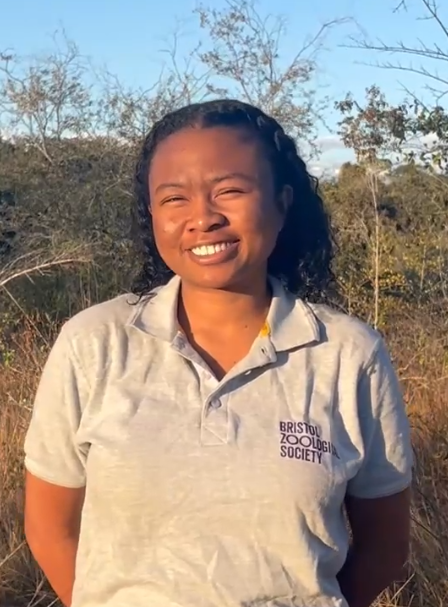 I am the Biomonitoring Project Officer for Bristol Zoological Society here in Sahamalaza, Madagascar. My job is linked to conservation because we are assessing the distribution and density of lemurs here in Sahamalaza, of which there are two critically endangered species, the blue-eyed black lemur and Sahamalaza sportive lemurs. By learning about the distribution and density of these lemurs we can understand how to conserve them well. For example, we assess the threats inside of the forest, finding out where the hotspot of human activity is, which we are trying to evaluate and reduce through our work.
I am the Biomonitoring Project Officer for Bristol Zoological Society here in Sahamalaza, Madagascar. My job is linked to conservation because we are assessing the distribution and density of lemurs here in Sahamalaza, of which there are two critically endangered species, the blue-eyed black lemur and Sahamalaza sportive lemurs. By learning about the distribution and density of these lemurs we can understand how to conserve them well. For example, we assess the threats inside of the forest, finding out where the hotspot of human activity is, which we are trying to evaluate and reduce through our work.
In our biomonitoring project, we conduct lemur surveys each month, both nocturnal and diurnal ones, in both sites, Ankarafa and Anabohazo forest in the national park. We plan to do continuously so we can monitor trends overtime. The blue-eyed black lemurs are seasonal breeders and have recently given birth to offspring, so we will be assessing this data in comparison to last year to see the female productivity of this species here.
I hope that our project will continue over time so we can help all of the people who are involved in the project. I also hope to see the population of each lemur species here increase as the forest cover increases, and that everyone will be happy.
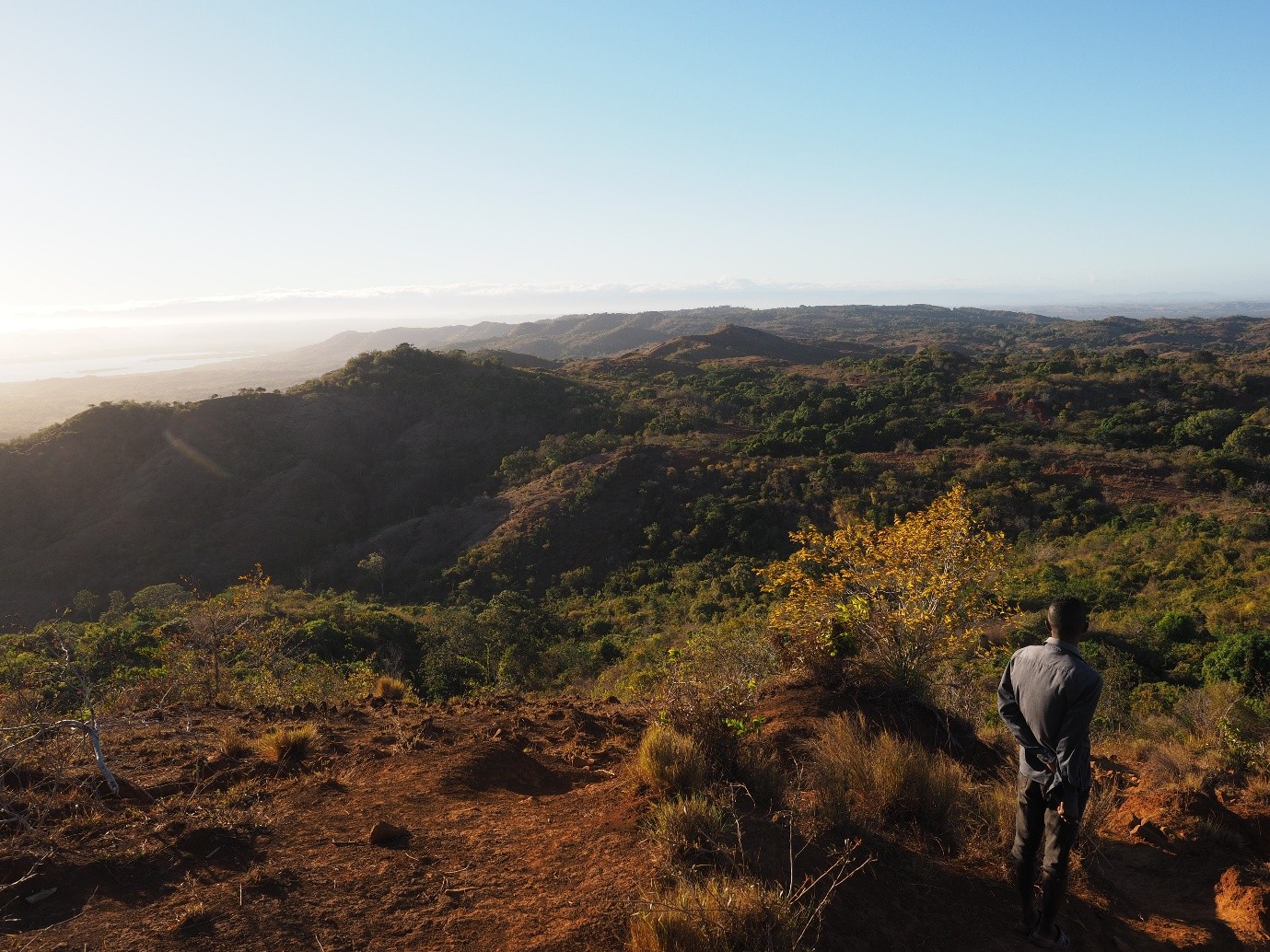 At Bristol Zoological Society, we love sharing conservation stories and celebrating our dedicated team members’ and partners’ work.
At Bristol Zoological Society, we love sharing conservation stories and celebrating our dedicated team members’ and partners’ work.
Find out more about our conservation projects in Madagascar below.

Want to help us save wildlife?
Become a member today for a year of wild adventure, and help protect the animals and habitats you love by supporting our conservation charity.

